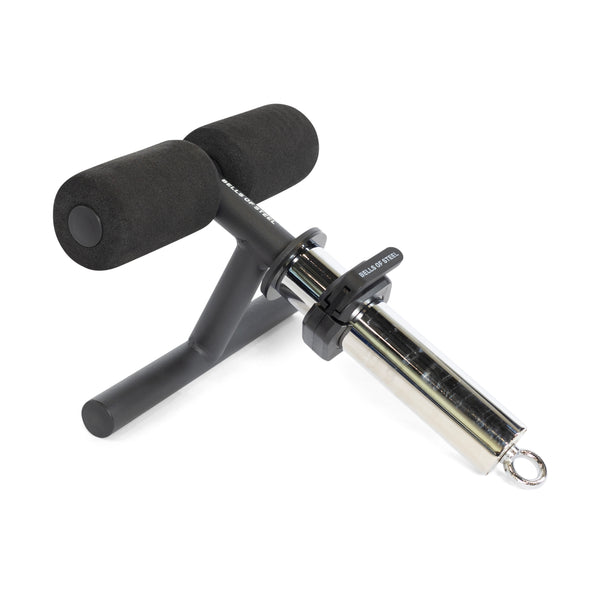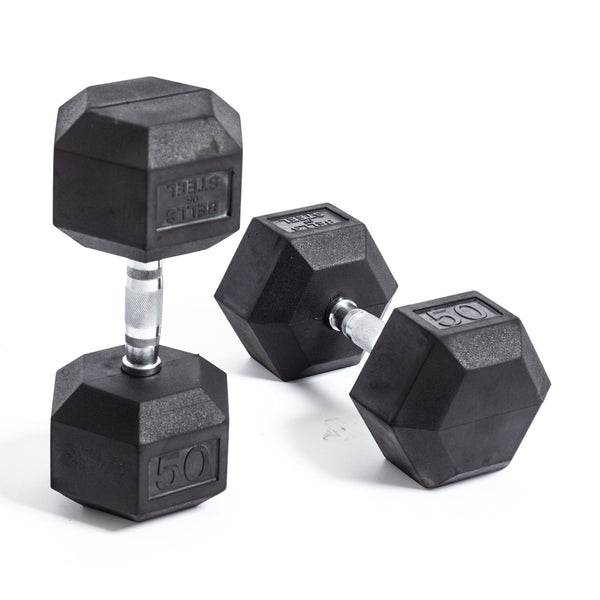The tibialis anterior muscle often gets overlooked, but strengthening can revolutionize your lower-body strength, improve ankle mobility, and reduce injury risks.
Tibialis raises are a fantastic way to target this muscle. But what if you don’t have a tib bar? Don’t worry—you can still reap the benefits with creative alternatives that require no specialized equipment.
Here’s everything you need to know about performing tibialis raises at home without a Tib Bar, along with pro tips for optimal results.
Why Strengthen the Tibialis Anterior?
The tibialis anterior muscle runs along the front of your shin and plays a vital role in:
- Ankle dorsiflexion: Lifting your toes toward your shin.
- Shock absorption: Essential during running or jumping activities.
- Knee stability: Reducing the strain on your knees by improving overall lower-leg strength.
Strong tibialis muscles also help prevent shin splints, improve athletic performance, and enhance everyday movements like walking or climbing stairs.
DIY Alternatives to Tib Bar Raises
Don’t have a Tib Bar? No problem! These five at-home methods are practical and easy to implement:
1. Bodyweight Tib Raises Against a Wall
How to do it:
- Stand with your back against a wall and your feet about 12-18 inches from the base.
- Keep your heels on the floor and lift your toes toward your shins.
-
Lower your toes slowly and repeat for 10-20 reps.
Pro Tip: Keep your knees slightly bent to engage the tibialis more effectively. Increase the difficulty by holding the raised position for a few seconds before lowering.
2. Resistance Band Tib Raises
How to do it:
- Secure a resistance band to a sturdy object at floor level.
- Sit down with your legs extended and loop the band around your toes.
-
Pull your toes toward your shin against the band’s resistance and slowly return to the starting position.
Pro Tip: Increase the difficulty by choking up on the band. Ensure controlled movements to maximize muscle engagement.
3. Weighted Tib Raises with Household Items
How to do it:
- Sit on a chair and place a weight (e.g., a water jug, dumbbell, or heavy book) on top of your feet.
- Secure the weight with your hands and lift your toes toward your shins.
-
Slowly lower your feet and repeat for 10-15 reps.
Pro Tip: Start light and progressively increase the weight as your tibialis strengthens. Wrap a towel around your feet for added comfort.
4. Step Edge Toe Raises
How to do it:
- Stand on a step with your heels hanging off the edge and hold onto a rail for balance.
- Lower your toes below the step’s surface and then raise them above the edge as high as possible.
- Perform 15-20 reps.
Pro Tip: Focus on a full range of motion to maximize the stretch and contraction in your tibialis.
5. Kettlebell Tib Raises
How to do it:
- Sit on a bench or chair with your feet flat on the ground.
- Place the handle of a kettlebell over your toes, securing it with both feet.
-
Lift your toes toward your shin, raising the kettlebell, and then slowly lower back to the starting position.
Pro Tip: Use a lighter kettlebell initially to focus on control, then gradually increase the weight as your strength improves—an adjustable kettlebell is especially helpful.
Pro Tips for Effective Tibialis Workouts
- Consistency Is Key: Aim to perform these exercises 2-3 times a week.
- Progressive Overload: Gradually increase resistance or repetitions to challenge your muscles.
- Warm Up and Stretch: Ensure proper blood flow and reduce the risk of injury by warming up beforehand and stretching after.
- Balance Your Workouts: Don’t neglect your calves, hamstrings, or glutes—a well-rounded lower-body program is essential for optimal performance.
Why Invest in a Tib Bar Eventually?
While these DIY methods are effective, investing in a Tib Bar like the Bells of Steel Tibialis Trainer Bar can take your training to the next level. A Tib Bar offers:
- Targeted Resistance: Ensures consistent and controlled movements.
- Ease of Use: No need to improvise with household items or resistance bands.
- Durability: Built to withstand intense training sessions.
Final Thoughts
Strengthening your tibialis doesn’t require fancy equipment. With these simple and effective alternatives, you can improve your lower leg strength and mobility right at home.
Whether you’re an athlete, a fitness enthusiast, or someone looking to prevent injuries, these exercises are a great addition to your routine!



